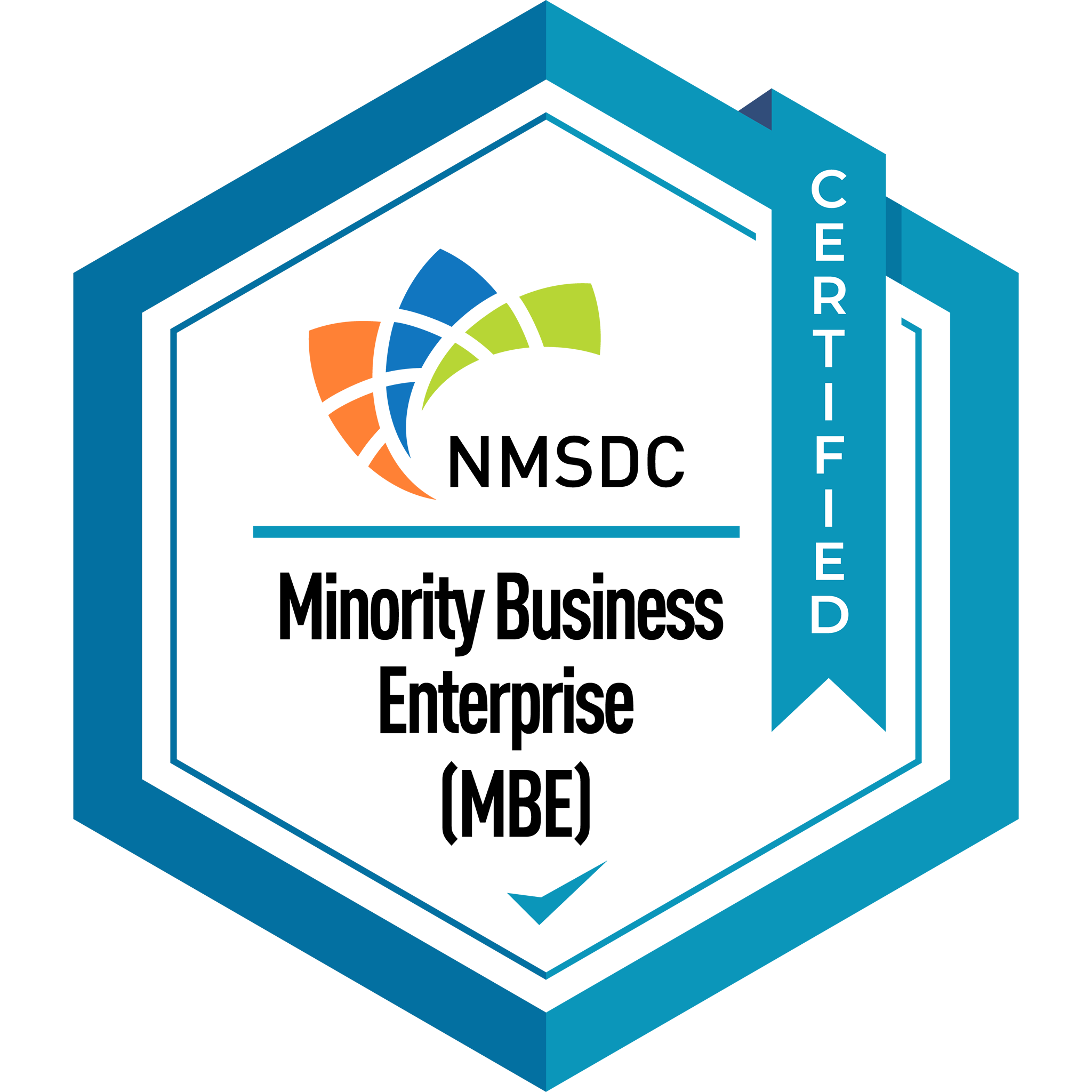In this dynamic business landscape, managing customer relationships efficiently is more critical than ever. Enter Microsoft Dynamics 365, a Customer Relationship Management (CRM) solution that empowers businesses to offer top-notch experiences while seamlessly transitioning from legacy systems.
But here’s the question: What is data migration, and why is it so crucial in the journey to Dynamics 365?
Data migration is about moving your precious customer data from your existing system to Dynamics 365. It’s the gateway to modernization, allowing you to store and manage larger volumes of data while maintaining its integrity and security.
Why does Data Migration matter?
Migrating your data to Dynamics 365 is a transformative journey, but it’s not without its challenges. Many might assume that data migration is a breeze, but in reality, it’s a complex and technically intricate process that demands meticulous planning.
The key to a successful migration lies in meticulous planning. The more time and effort you invest in the planning stage, the higher your chances of a hassle-free transition.
So, what are the steps to ensure a systematic data migration process?
Step 1: Choose relevant historical data
Before making the leap to Dynamics 365, you must decide which data makes the cut. Consider the following:
- How much historical data is necessary?
- Should you transfer all or just the active records?
Your decisions will shape your Data Conversion process, influencing the Extraction, Transformation, and Load (ETL) routines.
Step 2: Refresh your data
This step is all about optimizing your data for improved performance. Use the migration process to clean up and revitalize your information. Consider:
- Cleansing your data before migration.
- Inactivating data in the legacy system to simplify the extraction process.
- Using standard expiration methods to distinguish active and inactive data.
Early data cleansing sets the stage for a smoother data migration experience.
Step 3: Build a solid plan
Organization is key. Create a well-documented plan that covers all the necessary steps, no matter how small. Test the plan before proceeding, ensuring it’s a well-oiled machine ready for deployment.
Step 4: Assemble a robust team
Your data team should include individuals with diverse expertise to tackle the migration process successfully. A collaborative effort ensures a smoother transition.
Step 5: Document every detail
Document every step, no matter how minor. Data mappings, cross-references, and standards must be included in your documentation. This ensures a comprehensive and detailed migration process.
Step 6: Review and validate your data
Implement a robust process to review and validate your data for accuracy and integrity, guaranteeing reliability in the new system.
Two common methods for CRM data migration are the ‘Big Bang’ and the ‘Trickle’ methods. The Big Bang is swift and minimizes downtime, while the Trickle method is gradual and ideal for businesses that require continuous online presence.
While some may consider going solo in CRM migration, partnering with experts ensures a smooth and successful transition. With a trusted Dynamics 365 partner, you can navigate the complexities effortlessly and focus on your core business while they handle data migration intricacies.
To summarize, data migration is the bridge to a new era with Microsoft Dynamics 365. With the right plan, a skilled team, and meticulous documentation, you’ll ensure a seamless transition and a bright future for your CRM.


